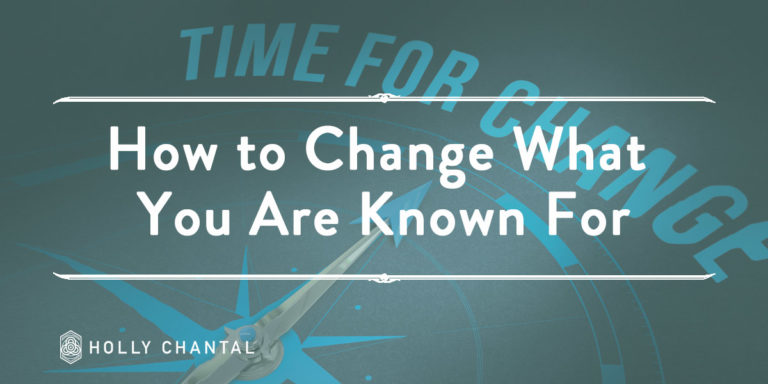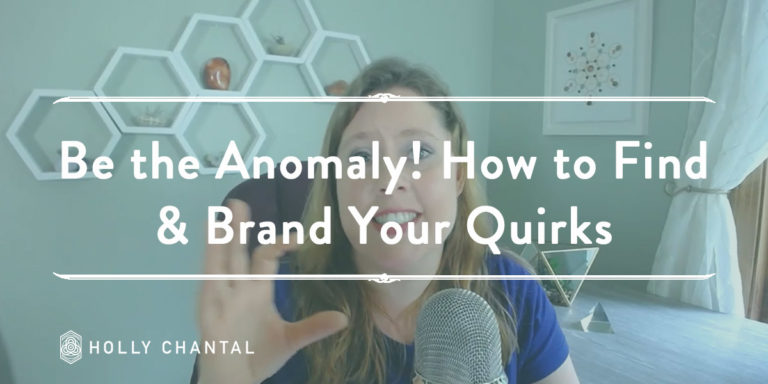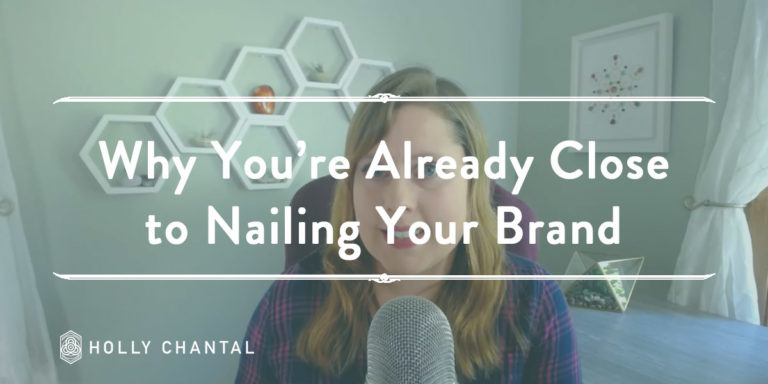
Making Your $10k-$20k Offers Easy to Sell
In the Trailblazers Collaborative we talk a lot about pricing – pricing for new programs, revising pricing for established programs, raising your prices and the list goes on, pricing is a big deal. When someone asks if their pricing of their $10k-$20k programs is right because they are having a








